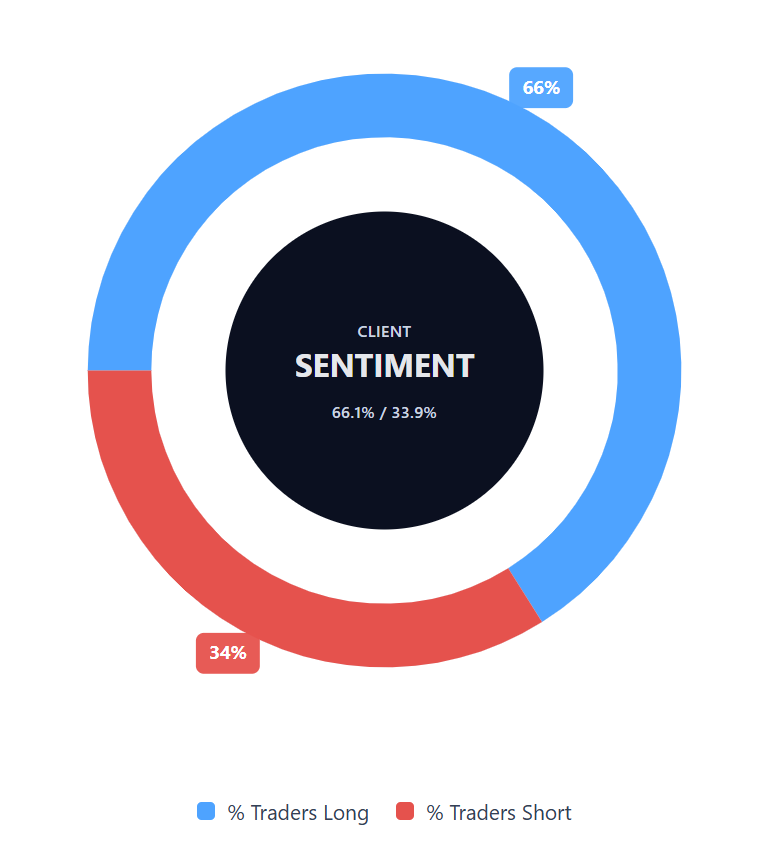Gold forecast: Third-party price targets
Gold (XAU/USD) is trading at $3,648.62 as of 14:18 UTC on 10 September 2025, within the $3,622-$3,664.51 intraday range.
This move follows a weaker US dollar amid expectations of Federal Reserve rate cuts. Benchmark 10-year Treasury yields dropped to five-month lows, while recent US labour data showed slower August job growth, reinforcing rate-cut expectations (Reuters, 10 September 2025).
Gold price forecast: Analyst price target view
ANZ (commodity strategy)
ANZ has raised its 2025 year-end gold target to $3,800/oz, citing investment demand and ETF inflows on the back of expected rate cuts (ANZ, 10 September 2025).
Goldman Sachs (house view)
Goldman Sachs forecasts gold at $4,000/oz by end-2025, highlighting central banks and long-term investors as structural buyers amid anticipated rate cuts (Reuters, 4 September 2025).
UBS (CIO update)
UBS keeps its $3,700/oz target for mid-2026, noting fiscal risks and de-dollarisation trends that continue to support safe-haven flows during geopolitical uncertainty (CNBC, 19 August 2025).
LBMA (annual survey)
The LBMA mid-year update places the 2025 average at $3,159/oz and projects December levels near $3,324/oz, reflecting shifts in central-bank purchase plans during ongoing tensions (LBMA, 13 July 2025)
Predictions and third-party forecasts are frequently inaccurate, as they cannot account for unforeseen events. CFDs are complex instruments and carry a high risk of losing money rapidly due to leverage. Consider whether you understand how CFDs work and whether you can afford to take this risk.
Past performance isn’t a reliable indicator of future results.
Gold price: Technical overview
Gold (XAU/USD) trades at $3,648.62 as of 14:18 UTC on 10 September 2025, above its main moving averages: 20-day at 3,451, 50-day at 3,389, 100-day at 3,356, and 200-day at 3,112. The 20-over-50 alignment is intact, keeping the near-term trend positive, with price around 200 points above this support area.
Momentum indicators are mixed. The 14-day RSI at 79 signals stretched conditions, while the ADX at 36 shows the trend remains established. This indicates strong bullish momentum, though overbought territory is in play.
This technical analysis is for informational purposes only and does not constitute financial advice or a recommendation to trade.
Capital.com’s client sentiment for gold CFDs
Capital.com client positioning shows 66.1% buyers versus 33.9% sellers, keeping gold CFDs in majority-buy territory but short of extremes. This data reflects open positions on Capital.com and may change during the session. Data correct as of 10 September 2025.

What next for UAE traders?
For investors and traders in the UAE, the outlook for gold is shaped by both global factors and regional dynamics. Because gold is priced in US dollars, movements in the currency or shifts in US interest rate policy can affect its price in dirhams and other Gulf currencies.
Local demand for gold jewellery, bullion and investment products in the Emirates also adds a regional influence, supported by strong cultural interest and locally available tax-efficient wealth options. In the years ahead, factors such as central bank buying, inflation expectations and geopolitical developments are likely to remain key drivers.
For UAE-based traders, gold is often viewed as one way to diversify exposure, but any decision will depend on individual circumstances and risk tolerance. As with all markets, prices can move quickly, so staying up to date with global developments, regional demand, and currency movements can help build a clearer view of how the market is evolving.
FAQ
Who owns the most gold?
The largest holders are central banks, with the United States leading at over 8,000 tonnes. Other major holders include Germany, Italy, and France, with official reserves playing a key role in market stability (Reuters, 2 September 2025).
Could gold go up or down?
Gold can rise with central-bank purchases, a weaker US dollar, or geopolitical tension. It can fall with stronger economic growth, higher bond yields, or reduced safe-haven demand. Like other commodity CFDs, it faces both upside and downside pressures.
Should I invest in gold?
Whether gold is suitable depends on your objectives, risk tolerance, and time horizon. Some use it as a hedge against volatility, others for short-term price action. When trading gold through gold CFDs, leverage can amplify both gains and losses. Independent research and risk management are essential.